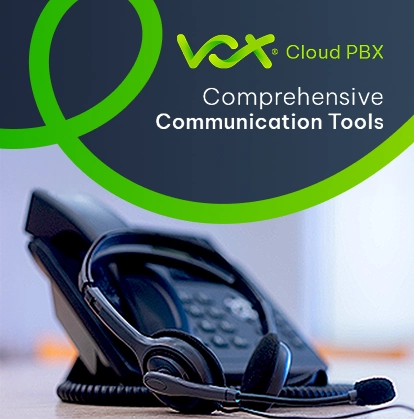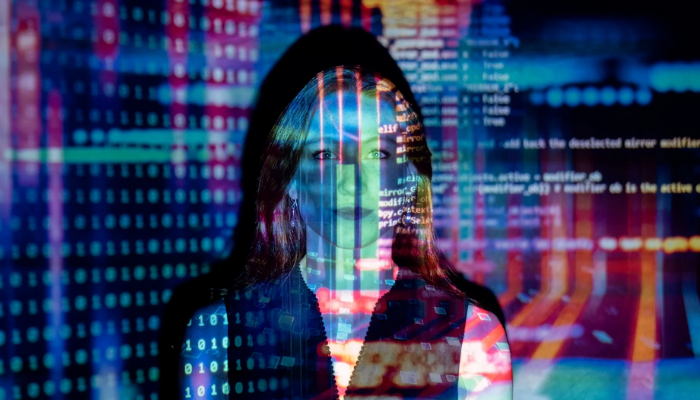Kia Motors. CD Projekt Red. CNA. Virgin Active.
It may sound like a list of our favourite brands, but these are just a few household names who’ve been hit by cyber-attacks in 2021 alone. With one occurring every 11 seconds and damages estimated to hit $6 trillion this year alone, the recent barrage of Ransomware attacks is enough to keep anyone awake at night.
The reality is that every industry faces its share of challenges – particularly when it comes to crime.
In retail it would be theft, hijacking, looting and so forth. These have been around for generations and, while nothing new, there are ample safety measures and protocols in place to not just avoid them, but minimise damage incurred should they happen.
However, the digital world is different in that threats are varied and ever evolving.
The reality of this has come to the forefront of conversation as a result of Cyber Attacks on some of the world’s biggest brands. From the Irish Health Service to Virgin Active SA and beyond, these industry titans were guaranteed to have some of the best defensive software, yet even they found their walls breached. It’s a scary reality and, with both Internet usage and Ransomware Attacks at an all-time high, many a brand finds itself at a crossroads.
The key issue is that these are far less in-your-face than dangerous hotspots or screaming attackers. Perpetrators are calculated, skilled and experts in circumventing many a previously impenetrable defense. Day-by-day, their craft evolves, and security specialists the world over are forced to deal with previously unseen challenges.
Enter Security Level 4, which is designed to not only counter security threats, but detect them before they even occur.
Top of our list are threat feeds, which work with a concept called Zero Day. Think of the Delta Variant of Covid-19 – a new, previously unseen virus with seemingly no cure. When coming out the blue with no warning, it can be impossible to diagnose or get rid of, but Zero Day technology is the digital equivalent of a clairvoyant vaccine. Zero Day feeds systemically work to detect brand new viruses, malware or phishing threats that haven’t been seen before. Rather than wait until these have breached your security and leave everyone scrambling for a solution, this ability to pre-emptively detect and deflect these threats means you don’t have to end up a victim of cyber crime to avoid its effects moving forward.
This isn’t some pie-in-the-sky theory either, as some of the biggest Zero-Day threats in the last few years have occurred to some pretty surprising organisations:
- In 2021, Google Chrome suffered a series of breaches which caused the platform to issue malicious “updates”. This was made possible by a bug in their V8 JavaScript engine, which was first identified, then exploited.
- In 2020 (as if we weren’t going through enough) a vulnerability in Zoom allowed hackers to remotely access user’s PC’s if they were running an older version of Windows. These hackers could then access files and Data or just take over the PC completely if they desired.
- Similarly, Apple iOS (which was considered impenetrable by many) fell victim to at least two sets of vulnerability exploitation, including a bug which allowed iPhones to be compromised remotely.
In fact, as little as a week ago, our own President Cyril Ramaphosa discovered spyware on his personal cellphone which allowed him to be spied on (in addition to about 34 other world leaders). So, if you think you or your brand couldn’t be a target, the reality is quite the contrary – but these issues can be avoided with relative ease.
The solution, of course, lies in the correct software.
At Vox, we also advocate for a platform called Kiuwan, which analyses your code and diagnoses what’s wrong with it. Not only this, it detects bugs, increases efficiency and allows you as a user to regulate specific standards in adherence to protocol.
This rolls over into Digital Security, with specific emphasis on IOT and Mobile Devices. Level 4 of our Security not only protects your devices (be it mobile or PC), firewalls and information, it expands into the territory of security, monitoring and web applications. When accounting for operational technology (such as Guardian Eye or Webcams), this software ensures that your devices can’t be breached. We’ve all heard horror stories of webcams being hacked into and innocent people spied upon (no, it’s not a myth, it even happens with phones), but Level 4 is capable of securing your security measures.
Furthermore, the technology also delves into Web Application Firewalls, which in turn protect your websites from being hit (this is done through Fortinet). Combine this with our Penetration Testing, which lets you scan websites, detect issues and safeguard vulnerable areas, and you can tighten up both your brand and personal security in the blink of a (Guardian) eye.
Gone are the days where the biggest threat to our devices was a misplaced laptop bag or a cell phone snatcher at a restaurant. As technology and education has evolved, so too have the propensities of those seeking to exploit them. Thankfully, however, there are still heroes who are willing to face these threats head-on, in doing so providing the man or business in the street with the equipment required to do the same.
Security Level 4 is all about Device Security, protecting your Websites, Code and Threat Feeds. Whether a large corporate or company focused on user awareness training or just an average Joe who fears the worst, there’s a solution within our solutions that can make your Online Security impenetrable.












